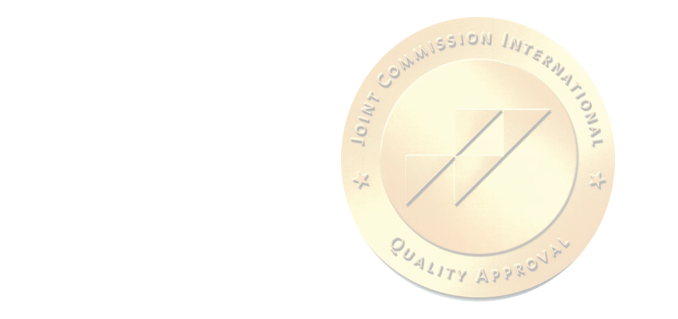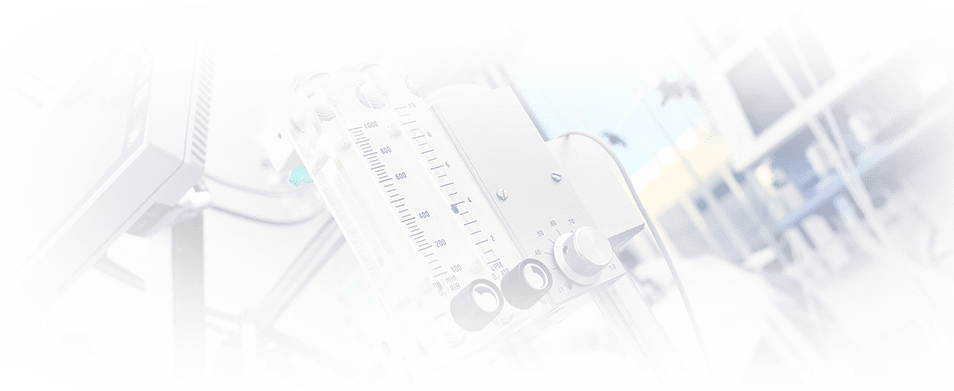Therapy - Clinical case
Clinical case
Patient J.
Current age: 36
Profession: lawyer.
Marital status: not married, no children.
First appeal to JSC "Medicine" December 2006
Complaints:
- increase in blood pressure to 240/170 mm Hg. st.
- dizziness
- unsteadiness of gait
- nausea
- headache (temporal and occipital region)
- sweating.
History
- From the age of 20 - frequent episodes of increased blood pressure up to 140/90 mm Hg.
- Since 2003 - stable increase in blood pressure up to 160/100 - 180/120 mm Hg, maximum blood pressure values 250/160 mm Hg
- Initiation of drug therapy (outpatient) - enap 20 mg. 3 r / day, triampur 1 t. 2 r / day - target BP levels are not achieved.
Ineffectiveness of outpatient therapy
Examination and treatment in various hospitals in order to clarify the genesis of arterial hypertension and the selection of therapy.
Hospitalizations (2003-2006)
- State Research Center for Preventive Medicine of the Ministry of Health of the Russian Federation (March 2003)
- GKB im. S.P. Botkin (April-May, 2005)
- War Veterans Hospital (October-November 2006)
State Research Center for Preventive Medicine of the Ministry of Health of the Russian Federation (March 2003)
- Clinical and biochemical blood test - normal
- CT scan of the abdomen and kidneys - no pathology
- ECG, ECHO-KG - normal
- Chest X-ray - Normal
- Turkish saddle X-ray - normal
- UZDG MAG - norm
- Nephrologist - chronic latent pyelonephritis in the exacerbation stage with preserved renal nitrogen excretion function
- Neuropathologist - vegetative-vascular dystonia with a tendency to syncope
- Oculist - retinal angiopathy.
Discharge diagnosis:
Chronic pyelonephritis of a latent course in the stage of exacerbation with preserved nitrogen excretion function of the kidneys. Arterial hypertension.
Discharge recommendations:
- Atenolol 25 mg in the morning and 12.5 mg in the evening
- Enap 20 mg, 2-3 times a day
- Sanitation of the urinary tract with antibiotics and uroseptics (tsiprobay, 5-NOC).
- Control of urine tests
Blood pressure stabilization has not been achieved.
GKB im. S.P. Botkin (April-May, 2005)
Additionally, in order to exclude symptomatic hypertension, the following was performed:
- Thyroid hormones are normal
- Cortisol is normal
- ECG, ECHO-KG, Holter monitor - normal
- Renin - 11.4 ng / ml / hour (the norm is up to 6.0 ng / ml / hour)
- 17KS - 11.7 mg / 24 hours (norm)
- VEM - hypertensive type BP response
- Doppler ultrasonography of brachiocephalic arteries, renal arteries - no pathology detected
- Excretory urography is normal.
Angionephroscintigraphy
- Short-term transport delay in the projection of the pelvic-ureteric segment on the right
- Uneven left and right haul
- Reflux right
- No asymmetry in the time of substance intake into the kidneys was detected
- The accumulation of matter is diffusely uneven
Nephrologist - an anomaly in the development of the kidneys, pyelo-vasal conflict on the right, arterial hypertension, the nitrogen-excreting function of the kidneys is preserved.
Recommended at discharge:
- Panangin 2 t. 3 r / day 2 weeks
- Arifon-retard 1 t / day
- Enalapril 20 mg 3 r / day
- Atenolol 25 mg once daily
- Heptral 400 mg 2 times / day 1 month.
- Detralex 1 t. 2 rubles / day 1 month.
Treatment results:
- Taking medications does not give the expected effect
- Insufficient hypotensive effect.
War Veterans Hospital (October-November 2006)
No additional data were obtained during clinical and laboratory research
- Verogalide ER 240 mg 1 r / day
(Verapamil) - Albarel 1 t. 2 rubles / day
(Ralmenidine) - Triampur 1 t. in the morning
(hydrochlorothiazide + triamterene).
Patient continued appointment
- Enapa 20 mg. 3 r / day
- Albarela 1 t. 2 rubles / day
- Triampura 1 t. 2 rubles / day.
The blood pressure did not decrease and remained at the level of 180/115 mm Hg.
Joint discussion
The patient was examined in detail at previous hospitalizations. The presented examination results in combination with anamnestic data give the impression of the presence of essential hypertension. There are no data for the renal nature of hypertension, as well as for other forms of symptomatic hypertension. The revealed changes in internal organs are due precisely to hypertension and are secondary. Of the concomitant diseases, CVI is present.
Recommended
- Compliance with previous appointments
- Permanent appointment of ß-blockers
- Taking Bellataminal and Grandaxin
- UZDG MAG.
Examination completed
- USDG MAG: no pathology of the carotid arteries was found, vertebrogenic effect on the left vertebral artery.
- Doppler ultrasonography of the renal arteries (3-D): there is no data for the stenosing process in the renal arteries.
Assigned:
- Albarel 1 mg 2 r / day
- Triampur 1 t. 2 rubles / day
- Bellataminal 1 ton per night
- Concor 2.5 mg 2 r / day
- Grandaxin ½ t. 2 r / day
- Iwadal 1 volume situational
- Detralex 1 t. 2 rubles / day.
Effect of prescribed therapy
- Normalized blood pressure 140/90 mm Hg within 5 days
- Gradual dose reduction, and eventually cancellation of antihypertensive drugs due to blood pressure normalization
- Situational administration of albarel 1 mg per week.
Within 2 months. Observations (by phone)
Stabilization of blood pressure at 130/90 mm Hg. Three episodes of an increase in blood pressure to 140/90 mm Hg. stopped by taking albarel 1 mg.
Inspection after 2 months (February 2007)
Complaints:
- Losing 15 kg in the last 1.5 months
- Episodes of vomiting of food eaten
- Episodes of headaches and dizziness not associated with increased blood pressure.
Inspection
- BP-150/100 mm Hg
- Diagnosis: Hypertension 2 tbsp. Hypertensive encephalopathy. CVI of the legs, in the stage of subcompensation. Chronic gastritis, exacerbation. Chronic pyelonephritis, remission stage. Condition after supravaginal amputation of the uterus without appendages for multiple uterine fibroids.
Recommended
- Thyroid hormones
- Thyroid ultrasound
- Exophthalmometry
- EGDS and colonoscopy
- Mammography
- Breast ultrasound
- Ultrasound of the pelvic organs
- Gynecologist's consultation
- Definition of markers CA-125, CA-15-3, CA-19-9, CEA.




